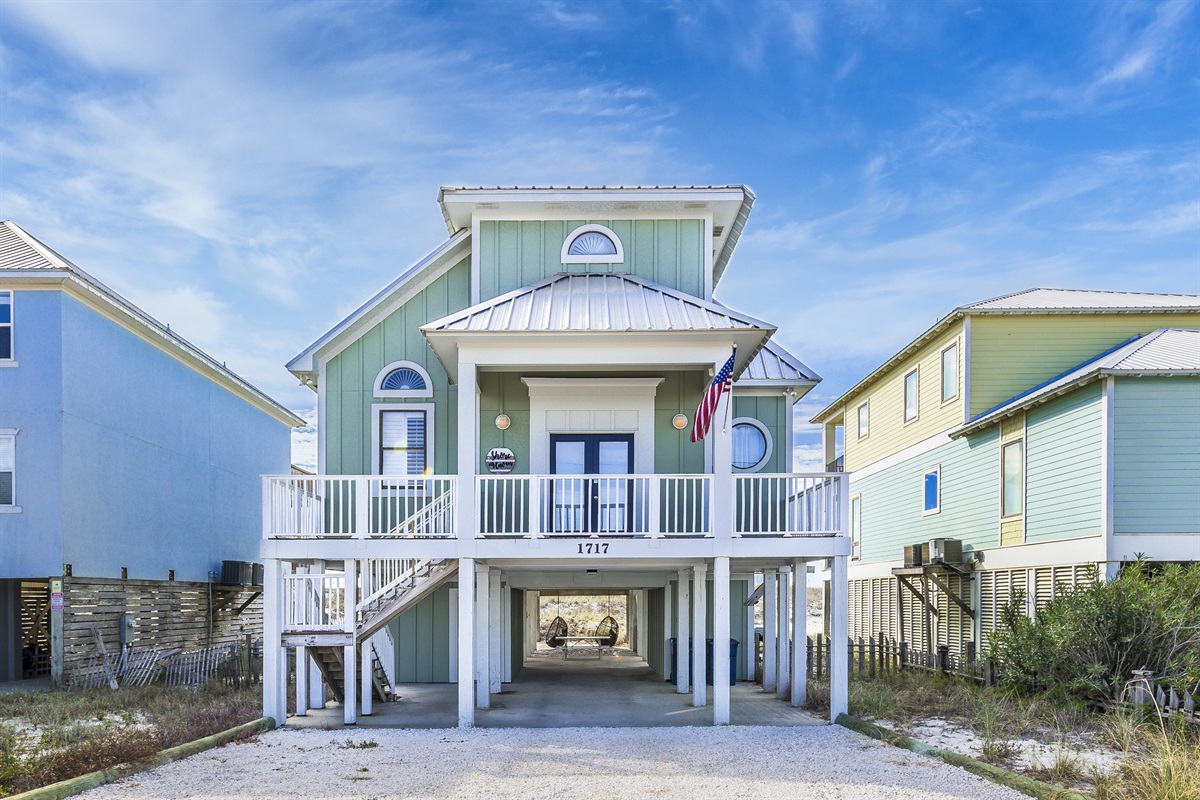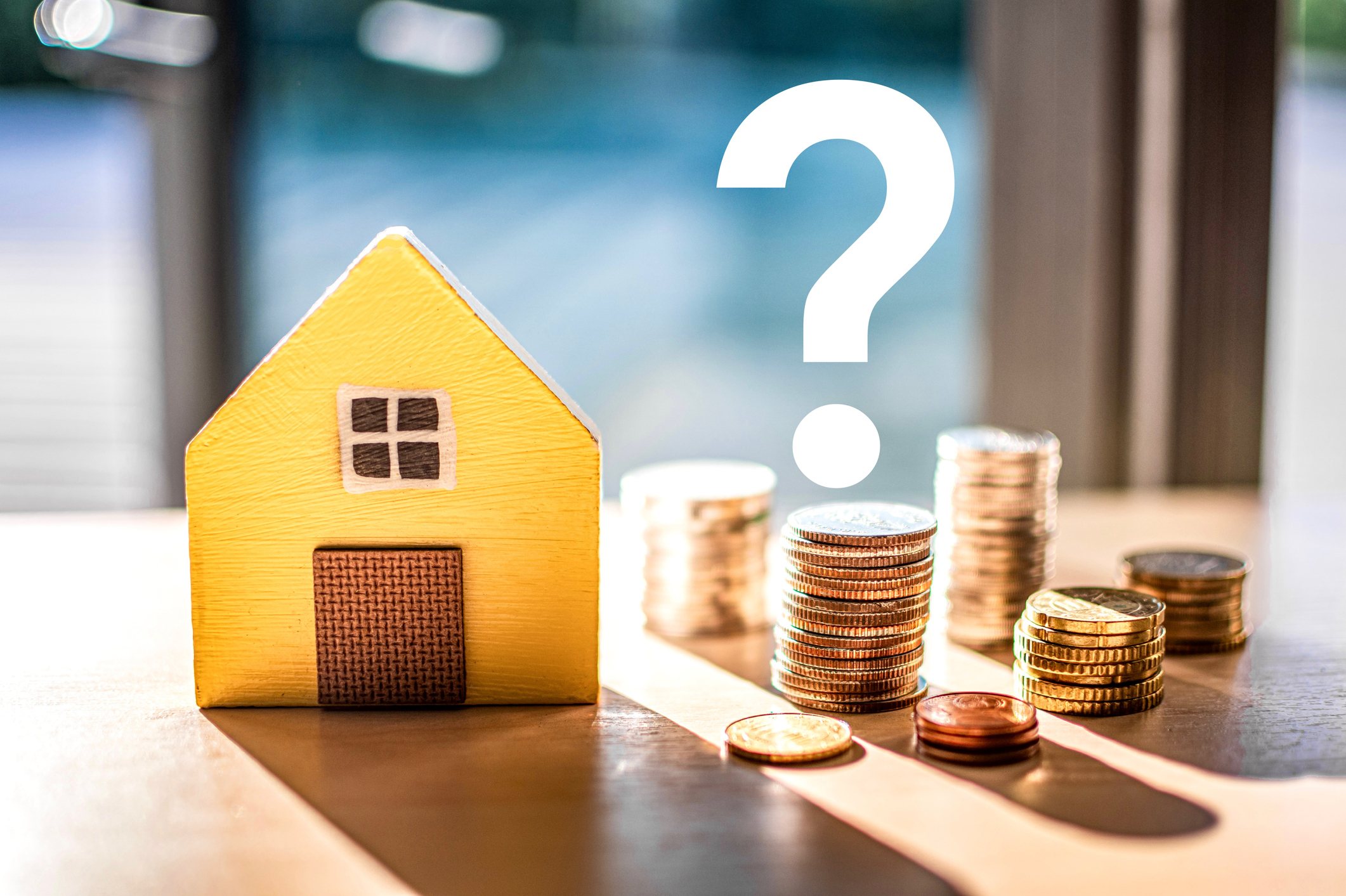Investing in rental property can be a great way to build wealth and create long-term income, but not every property will make you a profit. To find a rental that will pay off, you need to consider several key factors, including the income it can generate, where it is located, how much it will cost to maintain, and what kind of return you can expect over time. By understanding these factors, even first-time investors can make smart decisions and avoid costly mistakes.
Understanding Rental Yield
One of the most important things to consider is rental yield. Rental yield measures how much income a property generates compared to its purchase price. It is a helpful way to see whether a property will produce enough income to cover expenses and generate profit. Gross yield is the first step and is calculated by taking the total annual rent and dividing it by the purchase price. For example, if a home costs $200,000 and brings in $18,000 in rent each year, the gross yield would be nine percent. While gross yield gives a rough idea of profitability, it does not consider costs such as maintenance, property taxes, insurance, or property management. To get a clearer picture, net yield must be calculated. Net yield subtracts these expenses from the rental income and divides the remainder by the purchase price. Looking at net yield helps investors understand the real money they can expect to earn from the property and whether it will be a truly profitable investment.
Why Location Matters
Location is another key factor when evaluating rental properties. A property in the right location can attract tenants quickly, reduce vacancies, and increase both rent potential and long-term value. Tenants often look for convenience, so properties near schools, grocery stores, restaurants, and public transportation are highly desirable. Safety is equally important, as low-crime neighborhoods are more attractive to renters and tend to have less turnover. Properties close to employment centers such as offices, hospitals, or universities usually experience steady rental demand because tenants prefer short commutes. Investors should also consider the future of a neighborhood. Areas with planned infrastructure, new developments, or community improvements can see property values rise, increasing both rental income and long-term return. Analyzing the local rental market is crucial as well, since comparing similar properties in the area helps set realistic rent expectations and ensures the property will remain competitive.
Evaluating Property Condition
The condition of the property itself is also critical to profitability. Older properties or those with deferred maintenance can end up costing much more than anticipated. Hiring a professional inspector before purchasing can reveal potential issues with the roof, plumbing, electrical systems, foundation, or other critical areas. Even minor cosmetic updates, such as new paint or flooring, can make a property more appealing to renters and reduce vacancy periods. Investors should also consider ongoing costs like property management fees, insurance, and local taxes, which all reduce net income. Including these costs in the analysis helps avoid unpleasant surprises and ensures the property will generate real profit.
Thinking About Long-Term Return
Long-term return on investment is another important consideration. While monthly rent provides immediate cash flow, the potential for property value appreciation over time can significantly impact overall profitability. Properties in growing or desirable areas often increase in value, providing the opportunity for a substantial gain when sold. Real estate can also act as a hedge against inflation, since rents tend to rise over time along with the cost of living. Planning an exit strategy is essential; understanding how easy it will be to sell the property in the future, along with potential appreciation, helps investors make informed decisions. Tax benefits are also a factor. In the United States, property owners can deduct mortgage interest, property taxes, insurance, and certain maintenance costs from their taxable income, which further improves overall returns. Consulting a tax professional ensures all benefits are applied correctly.
How to Spot a Profitable Rental
Finding a profitable rental property requires research, planning, and careful consideration. Investors should start by understanding their budget, including purchase price, repairs, and ongoing costs. Comparing similar properties in the area gives insight into rental income potential and helps identify competitive pricing. Calculating net yield is critical, as it shows the realistic profit after all expenses are accounted for. Understanding the local tenant demand ensures the property will attract renters quickly, while considering long-term growth helps investors choose a property that will gain value over time. Due diligence is essential, including checking zoning regulations, homeowner association rules, and any other local requirements that could impact the ability to rent the property successfully.
Conclusion
Investing in rental properties can be an excellent way to generate income and build wealth, but finding the right property takes careful consideration. Focusing on rental yield, location, property condition, and long-term growth is key to spotting profitable opportunities. By researching the market, budgeting for expenses, and planning for the future, investors can find rental properties that generate steady income, appreciate over time, and provide long-term financial security. With patience and careful analysis, profitable rental properties can become a cornerstone of a successful real estate investment portfolio.





